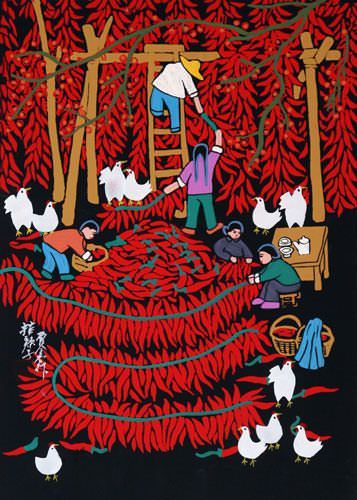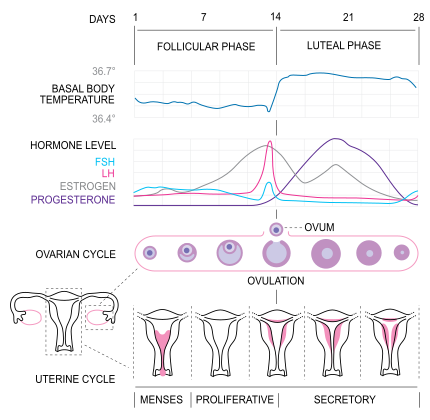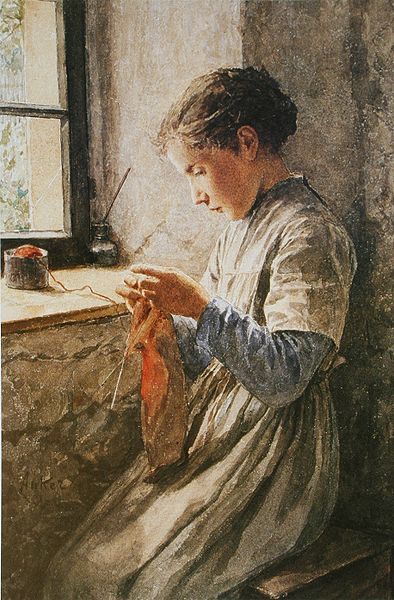FAM: Fertility Awareness Method
This is a follow-up to the post on myths about contraceptives.
As recommended by the instructor of that talk, I picked up the book "Taking Charge of Your Fertility: The Definitive Guide to Natural Birth Control, Pregnancy Achievement, and Reproductive Health" by Toni Weschler (book cover from their website, see it
here). I tried with all my feminist might not to feel awkward finding it and buying it from the bookstore, but alas, it was awkward.
The first couple chapters were essentially about the myths about contraceptives and widespread misunderstandings that were further perpetuated by ignorant health professionals (like me). The third chapter was about the reproductive anatomy of both men and women, parts of which I'll touch on in this post.
The chapter I wanted to discuss, however, is this one.
Chapter 4: Finally Making Sense of Your Menstrual Cycle
You'll be perhaps a bit shocked to know that I have been reading this book aloud in the evenings and that both P and I have been enjoying it. It's well written, comprehensive, and even pretty funny at times.
FELOP
Most of us have seen this diagram before. Lots of lines, very little concrete meaning.
The menstrual cycle has two phases -- Follicular and Luteal -- with ovulation as the dividing line. FELOP is an acronym to help with the order of the hormones.
Folicular phase
This phase starts at the first day of menstruation (menses) and lasts a different amount of time for different people, averaging (but not set on) about 14 days. F is for FSH (Follicle Stimulating Hormone), as it surges at the far left of our chart, 15 to 20 lucky eggs start to mature in each ovary. Each embedded in their individual follicles, they race to grow the biggest to be the one egg that is released that month.
This process is fairly sensitive to lifestyle or physiological factors (e.g. stress or hormone insufficiencies), that cause a delay in the release of the winning egg. It takes whatever time the body needs to reach the threshold of (E is for) estrogen to cause ovulation (it make take 14 but it may also take 30 or any other number, prolonging or shortening the length of that person's cycle that month). At the threshold, estrogen opens the floodgates of LH (L is for Luteinizing Hormone) which cause the egg to burst through the ovarian wall (O is for Ovulation) within a day or so.

The unlucky remaining eggs disintegrate (atresia). The winning egg, ironically the size of a
period at the end of a sentence, "tumbles out into the pelvic cavity, where it is quickly swept up by the fingerlike projections of the fallopian tubes, called fimbria... the fimbria reach over and draw it into the adjoining tube. Occasionally, the fimbria do not retrieve the egg, and therefore pregnancy would not be possible that cycle."
Left behind, the follicle that the winning egg was sitting in becomes the corpeus luteum, hence the name of the cycle from this point on.
Luteal phase
Unlike the follicular phase, the luteal phase is more defined in length, because the corpeus luteum has a finite lifespan of about 12 to 16 days (averaging just over 12 days). In blue on our chart, it's role is to release (P is for) Progesterone which
- prevents the release of another egg (thank goodness that twins is not the norm, but on occasion two or more eggs are released and if fertilized by sperm will be fraternal twins)
- cause the lining of the uterus (called endometrium) to thicken and get ready for a potential pregnancy
- cause the 3 primary fertility signs to change: waking temperature, cervical fluid and cervical position
The egg only lives for 24 hours.
Conception
If one of the very numerous handsome sperm travels up meet and fertilize the egg in the fallopian tube, the two are bonded, preventing other sperm from coming in. They travel for a week down into the uterus and plant themselves into the endometrium.
If conception does not occur and send feedback to the the corpeus luteum to hang in there, it lives out it's life span and menstruation finally occurs starting a new cycle.

.jpg)



















_-_Tricoteuse_(1879).jpg/357px-William-Adolphe_Bouguereau_(1825-1905)_-_Tricoteuse_(1879).jpg)





























